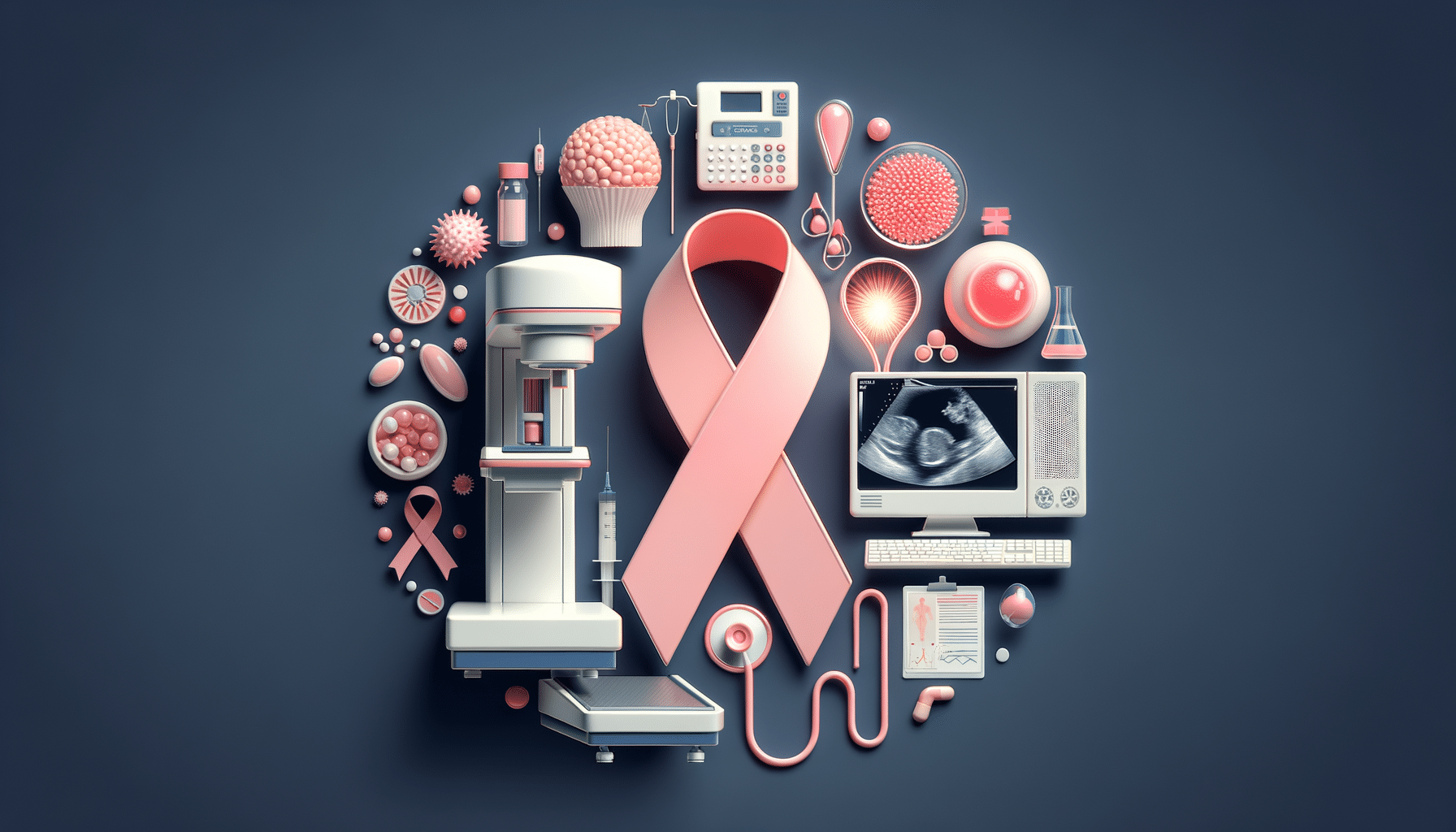
Understanding Breast Cancer: Awareness, Diagnosis, and Treatment
Introduction to Breast Cancer
Breast cancer is a prevalent form of cancer that primarily affects women, although men can also be diagnosed with it. It arises from the uncontrolled growth of cells in the breast tissue, leading to the formation of tumors. The importance of understanding breast cancer lies in its impact on global health, being one of the leading causes of cancer-related deaths among women. Early detection and treatment can significantly improve survival rates, making awareness and education crucial components in the fight against this disease.
Statistics indicate that one in eight women will be diagnosed with breast cancer during their lifetime. This stark reality underscores the necessity for widespread education on the risk factors, symptoms, and available screening methods. By fostering a culture of awareness, individuals can be empowered to take proactive steps in monitoring their health and seeking medical advice promptly.
Risk Factors and Prevention
Several risk factors contribute to the likelihood of developing breast cancer. Some are beyond individual control, such as age, genetic predisposition, and family history. However, lifestyle choices can also play a significant role in influencing risk levels. For instance, maintaining a healthy weight, engaging in regular physical activity, and limiting alcohol consumption are measures that may help reduce the risk.
Preventive strategies also include genetic testing for those with a family history of breast cancer, allowing for informed decisions about surveillance and preventive measures. Additionally, breast cancer awareness campaigns emphasize the importance of regular self-examinations and mammography screenings, which can aid in early detection and improve treatment outcomes.
While it is impossible to eliminate all risk factors, understanding and mitigating modifiable risks can significantly contribute to prevention efforts. Public health initiatives and educational programs are vital in disseminating this information, ultimately aiming to reduce the incidence of breast cancer.
Diagnosis and Screening
Early diagnosis of breast cancer is pivotal in enhancing treatment success and survival rates. Screening methods such as mammograms, breast ultrasounds, and MRIs are essential tools in detecting abnormalities at an early stage. Mammograms, in particular, are highly effective in identifying tumors that are too small to be felt, providing a critical advantage in early intervention.
Advancements in diagnostic technology have also introduced 3D mammography, which offers a more detailed view of breast tissue, improving the accuracy of cancer detection. Furthermore, genetic testing for BRCA1 and BRCA2 mutations can identify individuals at higher risk, enabling personalized monitoring and preventive strategies.
Healthcare providers play a crucial role in guiding patients through the screening process, ensuring that appropriate tests are conducted based on individual risk factors and medical history. Regular screenings are recommended for women over the age of 40, although those with a family history of breast cancer may need to begin earlier.
Treatment Options
Treatment for breast cancer varies depending on the type, stage, and individual patient factors. Common treatment modalities include surgery, radiation therapy, chemotherapy, hormone therapy, and targeted therapy. Surgical options range from lumpectomy, which involves removing the tumor and a small margin of surrounding tissue, to mastectomy, where the entire breast is removed.
Radiation therapy is often used post-surgery to eliminate any remaining cancer cells, while chemotherapy involves the use of drugs to target and destroy cancerous cells throughout the body. Hormone therapy is effective for cancers that are hormone receptor-positive, blocking the cancer’s ability to use hormones for growth.
Targeted therapy, a more recent advancement, focuses on specific characteristics of cancer cells, such as proteins or genes, to inhibit their growth. This personalized approach can be particularly beneficial for patients with specific genetic markers.
The selection of treatment options is a collaborative decision between the patient and their healthcare team, taking into consideration the cancer’s characteristics and the patient’s preferences and overall health.
Living with and Beyond Breast Cancer
Surviving breast cancer is a journey that extends beyond medical treatment. Survivors often face physical, emotional, and psychological challenges as they adjust to life after cancer. Support systems, including family, friends, and support groups, are invaluable resources in navigating these challenges.
Rehabilitation programs can assist in managing physical side effects such as fatigue, pain, and lymphedema. Additionally, mental health support is crucial in addressing anxiety, depression, and the fear of recurrence, which are common concerns among survivors.
Long-term follow-up care is essential to monitor for any signs of recurrence and manage ongoing health needs. Regular check-ups and screenings remain a critical component of post-treatment care, ensuring that any new developments are promptly addressed.
Empowerment and advocacy are also significant aspects of life beyond breast cancer. Many survivors choose to become advocates, sharing their experiences to raise awareness and support others facing similar battles. Their stories serve as a testament to resilience and the importance of continued research and support for those affected by breast cancer.


